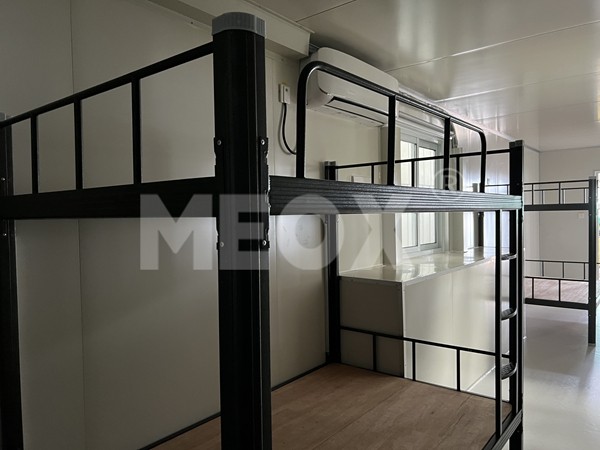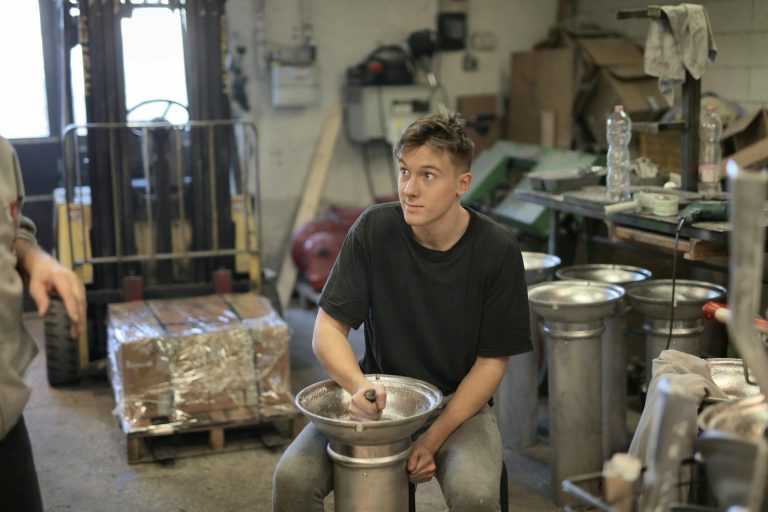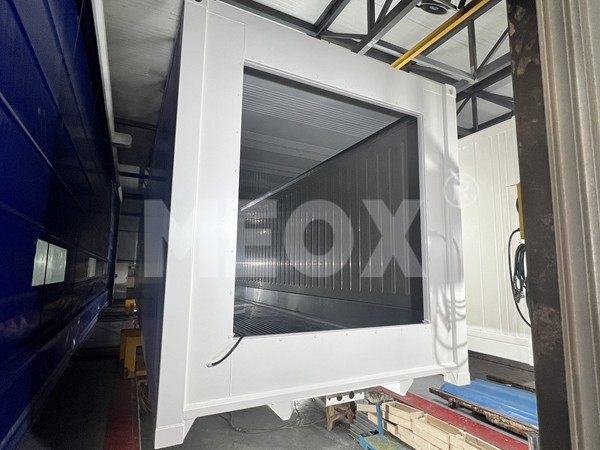Transforming a shipping container into a mushroom farm presents a unique and sustainable venture. As rising urbanization minimizes traditional farming spaces, the container farming trend offers an innovative alternative for agriculture enthusiasts and professionals alike. Understanding the costs involved in converting a shipping container into a productive mushroom farm is crucial for maximizing return on investment and ensuring an ecologically conscious operation.
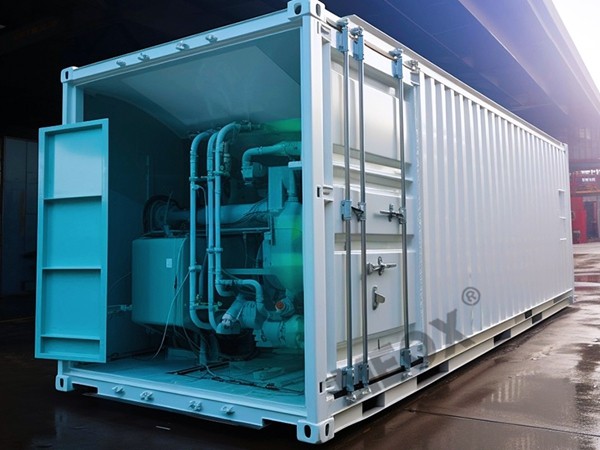
Starting with the initial investment, purchasing a shipping container typically ranges from $1,500 to $5,000, depending on size, condition, and location. Opting for a used container can significantly reduce upfront costs, but ensuring it is structurally sound and free from hazardous materials requires attention. Modifications tailored to mushroom cultivation, such as insulation and climate control systems, add another layer to the budget. Effective insulation, using spray foam or rigid panel options, is vital for maintaining the controlled environment mushrooms require, especially if the farm is located in an area with extreme weather conditions. Insulation costs can vary, but a rough estimate ranges between $500 and $1,500.
Climate control is paramount, as mushrooms thrive in specific humidity and temperature ranges. Installing HVAC systems, humidifiers, and dehumidifiers can be a significant expense, often costing between $1,000 and $3,000. Advanced systems with precise control might escalate this further but are crucial for ensuring a consistent yield. Energy-efficient options, though potentially more expensive upfront, can substantially lower long-term operational costs.
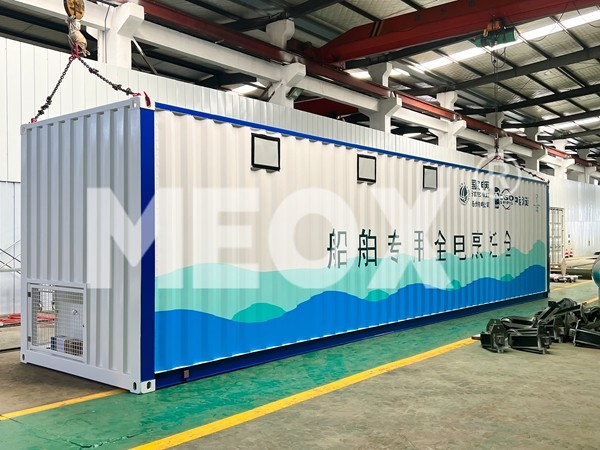
One must consider the internal setup costs, which include constructing shelving or racks for optimal space utilization. Vertical farming techniques are particularly effective in shipping containers, allowing multiple layers of growth within limited space. Setting up robust, mold-resistant shelving can cost from $500 to $2,000, depending on materials and scalability.
The substrate, often a critical ongoing expense, serves as the growth medium for mushrooms. Common substrates such as straw, coffee grounds, or sawdust need periodic replenishment, typically every growth cycle. Sourcing these substrates locally or producing them in-house can reduce costs significantly. Moreover, sterilization equipment or services, essential for maintaining a contaminant-free environment, are part of initial and recurring expenses. Depending on the scale, costs for sterilization can start from $200 and go upwards.
A key factor that many overlook is the lighting system. While mushrooms don’t require extensive light, using LED systems to simulate day-night cycles can positively impact their growth. The initial setup of LED lights might range from $200 to $1,000, contingent on complexity and scale.shipping container mushroom farm cost
Water systems also need to be factored into the budget. An efficient irrigation system that can handle the specific needs of mushrooms, especially in terms of maintaining humidity, might cost between $300 and $800. Automated solutions can further enhance efficiency and result in labor cost savings.
Labor and expertise should be considered as part of the cost structure. Even automated systems require oversight from knowledgeable personnel familiar with mushroom cultivation and preventive measures against common issues like contamination and pest infestations. Depending on scale and ambition, labor costs can vary widely but should be anticipated as a perpetual investment to preserve crop health and productivity.
Incorporating renewable energy systems, such as solar panels, can offset electricity usage from climate and lighting systems. Although the initial investment in renewable energy infrastructure can range from $3,000 to $10,000, the long-term savings align with both economic and environmental sustainability goals.
Legal and regulatory compliance costs, often overlooked, should be anticipated. Obtaining relevant permits and adhering to agricultural regulations vary widely by location but can impact both the timeline and budget.
Ultimately, establishing a shipping container mushroom farm requires a blend of strategic financial planning and technical knowledge. The upfront costs are significant but strategic investment in quality systems, operational efficiencies, and adherence to sustainable practices define long-term success. Enthusiasts and seasoned agriculturists alike will find that with the right setup and ongoing management, such a venture not only meets ecological goals but also offers profit opportunities enhanced by the rising demand for organic and locally sourced produce.

